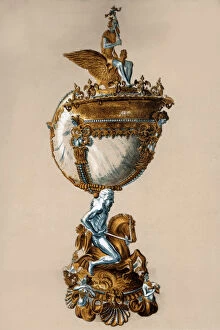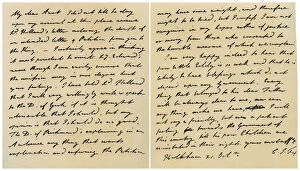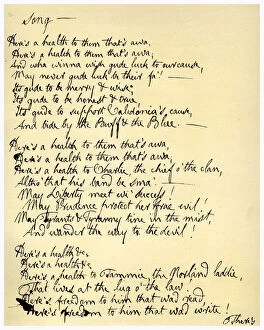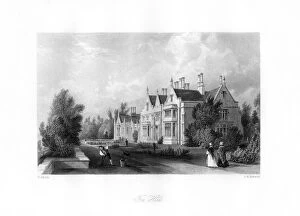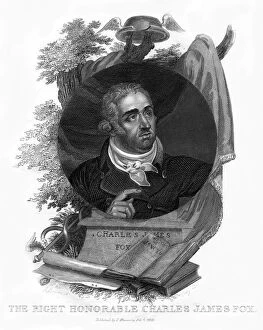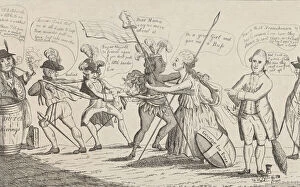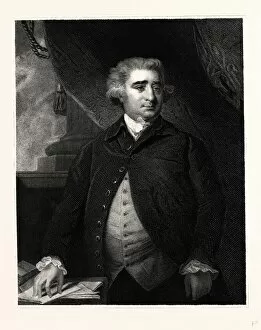Charles James Collection (#3)
Charles James was a prolific artist and satirist during the late 18th and early 19th centuries
For sale as Licensed Images
Choose your image, Select your licence and Download the media
Charles James was a prolific artist and satirist during the late 18th and early 19th centuries. His works, such as "The Loves of the Fox and The Badger" and "The Coalition Wedding, " showcased his keen wit and ability to capture political events with humor. In Anton Hickel's portrait, we see William Pitt, the Younger, addressing the Commons in 1793, a moment frozen in time by James' brushstrokes. Another notable piece is "Two Figures In A Boat, " where Charles James Lewis masterfully depicts a serene scene on water. James also dabbled in caricature art, as seen in his work "The Mask. " This clever illustration from May 21, 1783, created by James Sayers, showcases his talent for capturing exaggerated features that reflect societal norms of the time. Not limited to visual arts alone, it also ventured into design with his intricate oak carvings. One example is his design for Oak Carving from the Fireplace in Jerusalem Chamber at Westminster Abbey between 1820-71. These detailed carvings added grandeur to architectural spaces. In addition to being an artist himself, Charles James appreciated the works of others like Thomas Rowlandson. Rowlandson's pieces such as "The Word-Eater" and "The Political Hydra" demonstrate their shared interest in satirical commentary on politics and society. One particularly controversial event captured by Rowlandson was Sir Cecil Wray's public humiliation in the pillory on May 7th, 1784. This depiction serves as a reminder of how power dynamics were often scrutinized through art during this period. Lastly, one cannot overlook Charles James' contribution to entertainment with creations like "Two New Slides for State Magic Lantern. " These slides would have been used to enhance storytelling or educational presentations during gatherings or performances.

